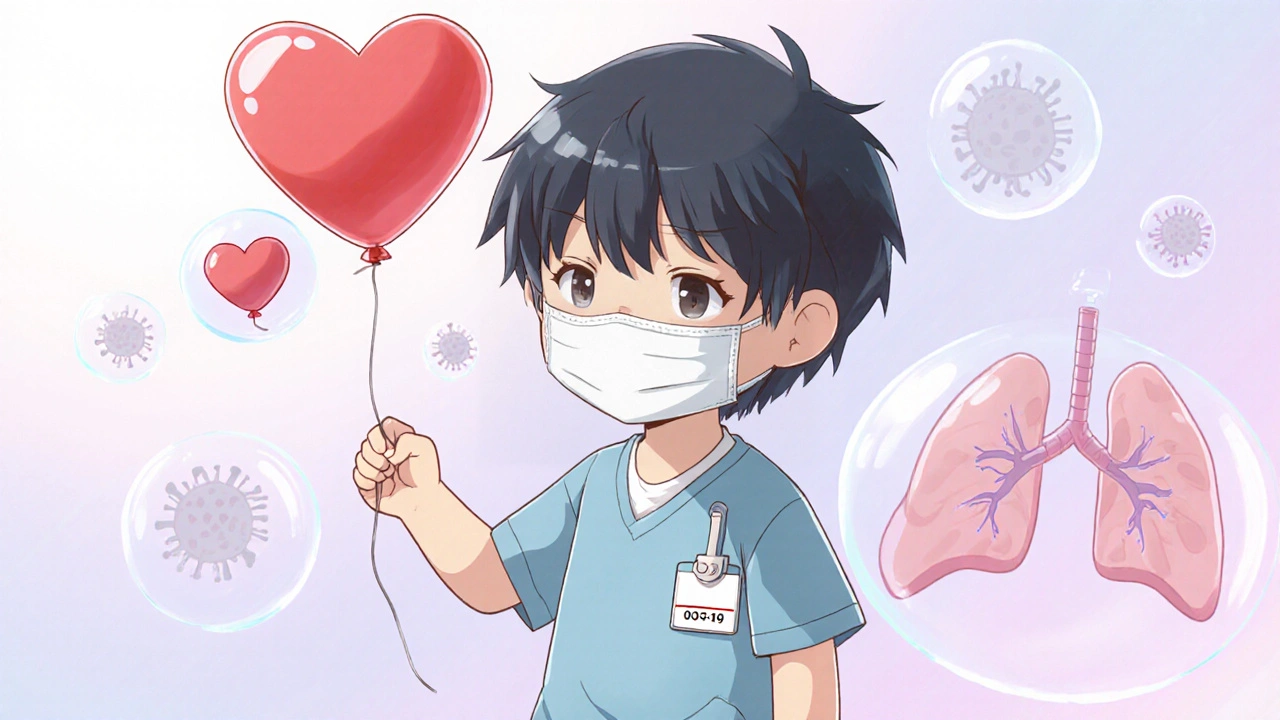Managing Pulmonary Arterial Hypertension in the COVID‑19 Era
19 Oct, 2025A practical guide on managing pulmonary arterial hypertension during COVID‑19, covering meds, vaccines, telehealth, home monitoring and emergency steps.
READ MOREWhen you hear PAH management, the coordinated approach to treating pulmonary arterial hypertension, a serious condition where blood pressure in the lungs becomes dangerously high. Also known as pulmonary hypertension, it’s not just high blood pressure—it’s a progressive disease that strains the right side of the heart and can lead to heart failure if untreated. Unlike regular hypertension, PAH affects the tiny arteries in the lungs, making them narrow and stiff. This forces the heart to work harder, leading to fatigue, shortness of breath, and swelling in the ankles. It doesn’t show up on a regular blood pressure cuff—you need specialized tests like echocardiograms and right heart catheterization to confirm it.
Effective PAH management, a multi-drug, long-term strategy focused on reducing lung pressure and improving heart function relies on three main types of drugs: vasodilators that open up lung arteries, endothelin receptor antagonists that block harmful signaling, and phosphodiesterase inhibitors that improve blood flow. Medications like epoprostenol, bosentan, and sildenafil are common, but they’re not one-size-fits-all. Doctors often combine them based on how far the disease has progressed. Many patients also take diuretics to reduce fluid buildup and oxygen therapy if their blood oxygen drops too low. It’s not just about pills—regular walking, avoiding high altitudes, and getting flu shots are part of daily care. Skipping doses or ignoring symptoms like sudden swelling or dizziness can lead to hospitalization.
Right heart failure is the biggest risk in untreated PAH. That’s why monitoring matters more than ever. Patients track their symptoms with daily logs, do six-minute walk tests, and get blood tests for BNP levels—a marker of heart stress. Some use wearable devices to monitor oxygen and heart rate at home. The goal isn’t a cure, but stability: keeping the heart from worsening, staying active, and avoiding complications. PAH medications, specialized drugs designed to target lung artery constriction and improve blood flow in PAH patients are expensive and often require special handling, like refrigeration or IV pumps. That’s why knowing how to manage refills, insurance approvals, and side effects is just as important as taking the pills.
There’s no single fix, but with the right team—pulmonologists, cardiologists, pharmacists, and nurses—many people live years with good quality of life. The key is catching it early, sticking to the plan, and speaking up when something feels off. Below, you’ll find real-world guides on how patients handle side effects, what to do when meds don’t work, and how to avoid common mistakes that make PAH worse.

A practical guide on managing pulmonary arterial hypertension during COVID‑19, covering meds, vaccines, telehealth, home monitoring and emergency steps.
READ MORE